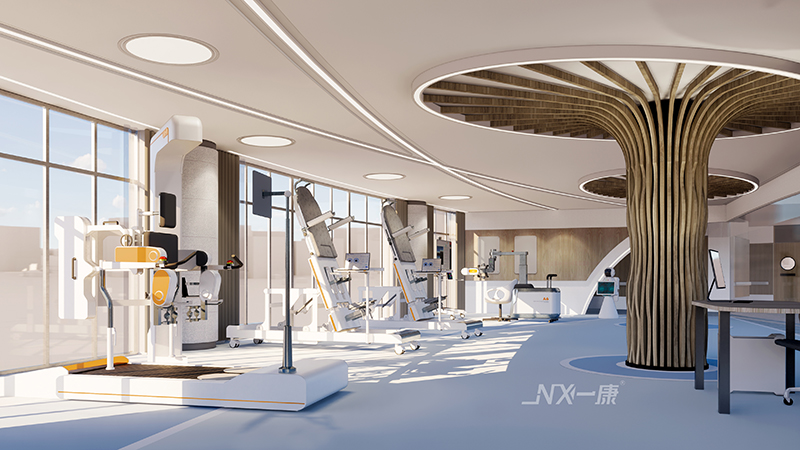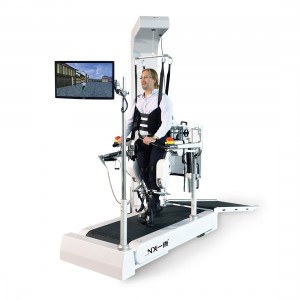At present, the increasing need of healthcare is raising the bar on the effect and efficiency of rehabilitation treatment. The emergence of rehabilitation robots has made up for the current situation of insufficient rehabilitation medical resources and insufficient technology.
Take stroke patients as an example, with the assistance of rehabilitation robotics, patients can perform active or passive rehabilitation training with the assistance of rehabilitation robots. Medical staff don’t have to pay full attention to patients during the whole treatment process. This efficient treatment method helps patients recover more efficiently, improving their quality of life.
Rehabilitation robots are medical robots that assist human body to complete limb movements through intelligent algorithms, ergonomics, motion control and other technologies, realizing functions such as assisting disabled walking, rehabilitation treatment, weight-bearing walking, and reducing labor intensity.

The prominent application advantages of rehabilitation robots are:
1. Rehabilitation robot is suitable for performing long-lasting simple and repetitive motion tasks, which can ensure the intensity, effect and precision of rehabilitation training. It offers good motion consistency, and is able to reduce labor intensity of nursing staff;
2. Rehabilitation robots are programmable, and can provide personalized training of different intensities and modes according to the degree of injury and rehabilitation of patients, so as to enhance patients’ awareness of active participation, which is of great significance for improving rehabilitation efficiency;
3. Rehabilitation robots usually integrate a variety of sensors, and have powerful information processing capabilities, which can effectively monitor and record human kinematics and physiology data during the entire rehabilitation training process. It generates real-time feedback and quantitative evaluation on the patients’ rehabilitation progress, providing basis for doctors to improve their rehabilitation treatment plans.

Yeecon Lower Limb Rehabilitation Robot A3 is an intelligent rehab robot for walking dysfunction rehabilitation training. It integrates computer control system and gait correction orthosis to enable gait training, helping patients strengthen normal gait memory with repeat and fixed trajectory gait training under the standing position with weight support. With gait robot, patients can re-establish their walking function areas in their brains and establish the correct walking mode. What’s more, gait robot effectively exercises walking related muscles and joints, which is great for rehabilitation.
The gait training robotics is suitable for rehabilitation of walking disability caused by nervous system injuries like stroke (cerebral infarction, cerebral hemorrhage). The earlier the patient starts gait training, the shorter the rehabilitation duration will be.
Lower Limb Rehabilitation Robot A3 is the ideal rehabilitation equipment for lower limb dysfunction rehabilitation. Contact now to get more information!

Read more:
Can Stroke Patients Restore Self-Care Ability?
Application of Isokinetic Muscle Training in Stroke Rehabilitation
Post time: Mar-07-2022






